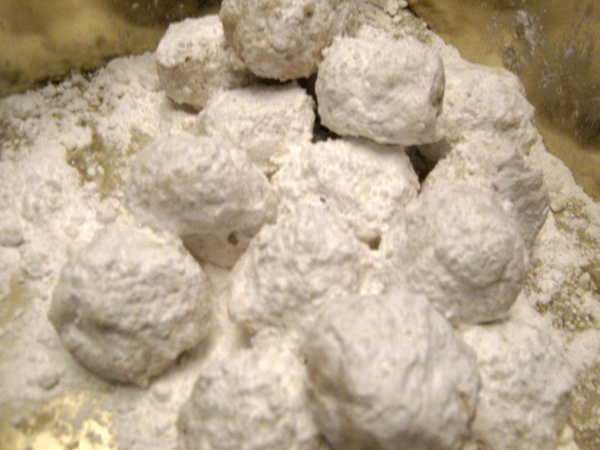Facts About Russian tea cake
Russian tea cakes are delightful confections that many Americans enjoy during Christmas. These cookies, with a history dating back to medieval England, go by various names including Mexican wedding cakes, Italian wedding cookies, Kourabiedes, Greek wedding cookies, butterballs, snowball cookies, and pecan Susans. Their distinctive powdery white appearance comes from being rolled in powdered sugar.
Making Russian tea cakes is quite straightforward. The basic ingredients are flour, butter, and ground nuts, which can vary depending on the recipe. After baking, the cookies are coated in powdered sugar twice: first while they are warm and again after they have cooled. The choice of nuts used can vary by region: hazelnuts, almonds, or walnuts are common in Europe, while pecans are typically used in Mexican versions.
The exact origin of the name "Russian Tea Cake" remains somewhat of a mystery. Some theories link it to Eastern European shortbread cookies, recipes brought to Mexico by European nuns, or simply cookies served with Russian samovars. By the 20th century, these cookies had become a beloved part of American wedding and holiday traditions, often referred to as "Russian tea cakes" or "Mexican wedding cakes."
In New Mexico, a similar cookie called bizcochitos, which includes anise, is the official state cookie. In Spanish-speaking countries, these treats are often known as polvorones or "polvorones de novia."

 Lithuania
Lithuania